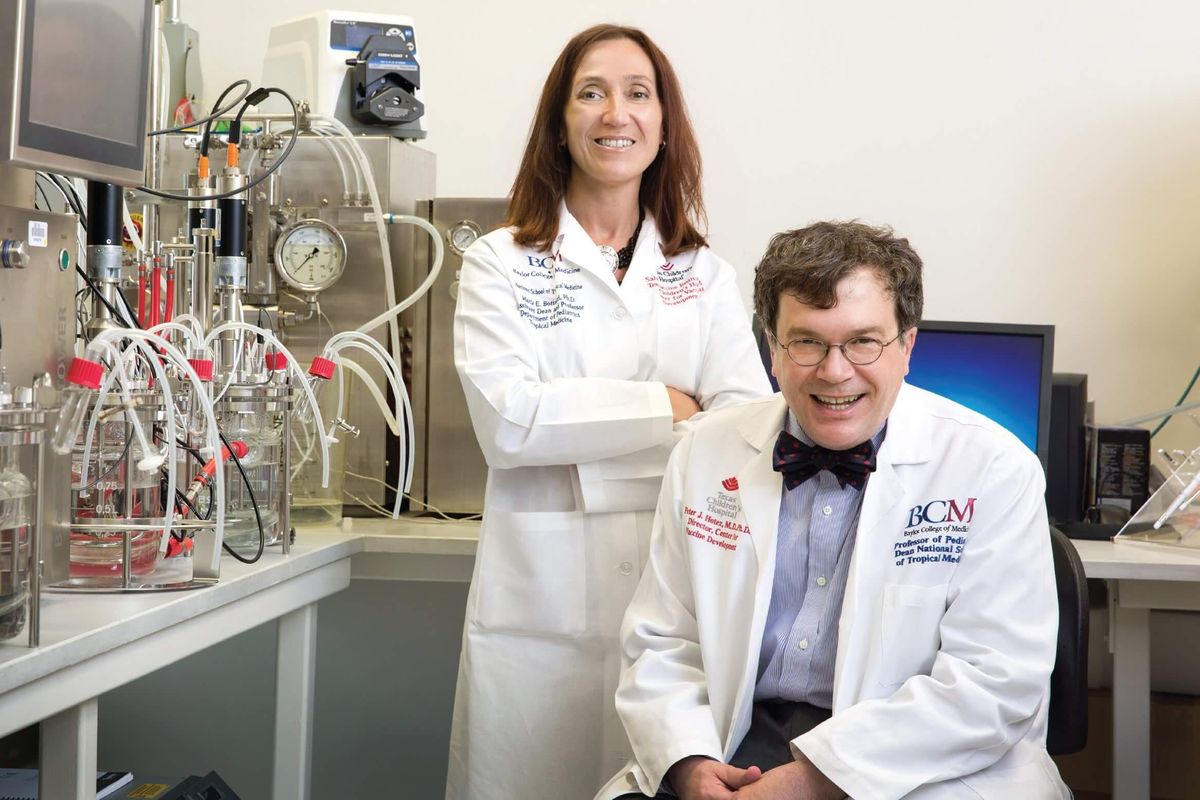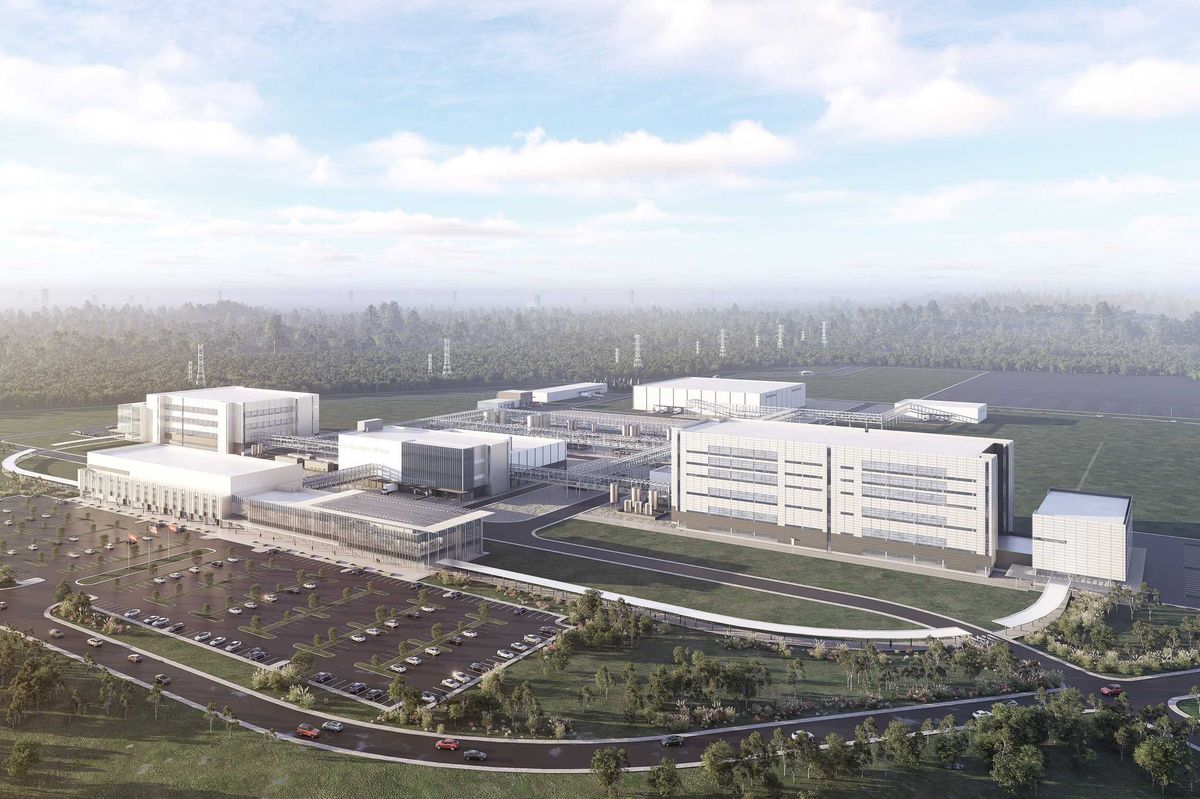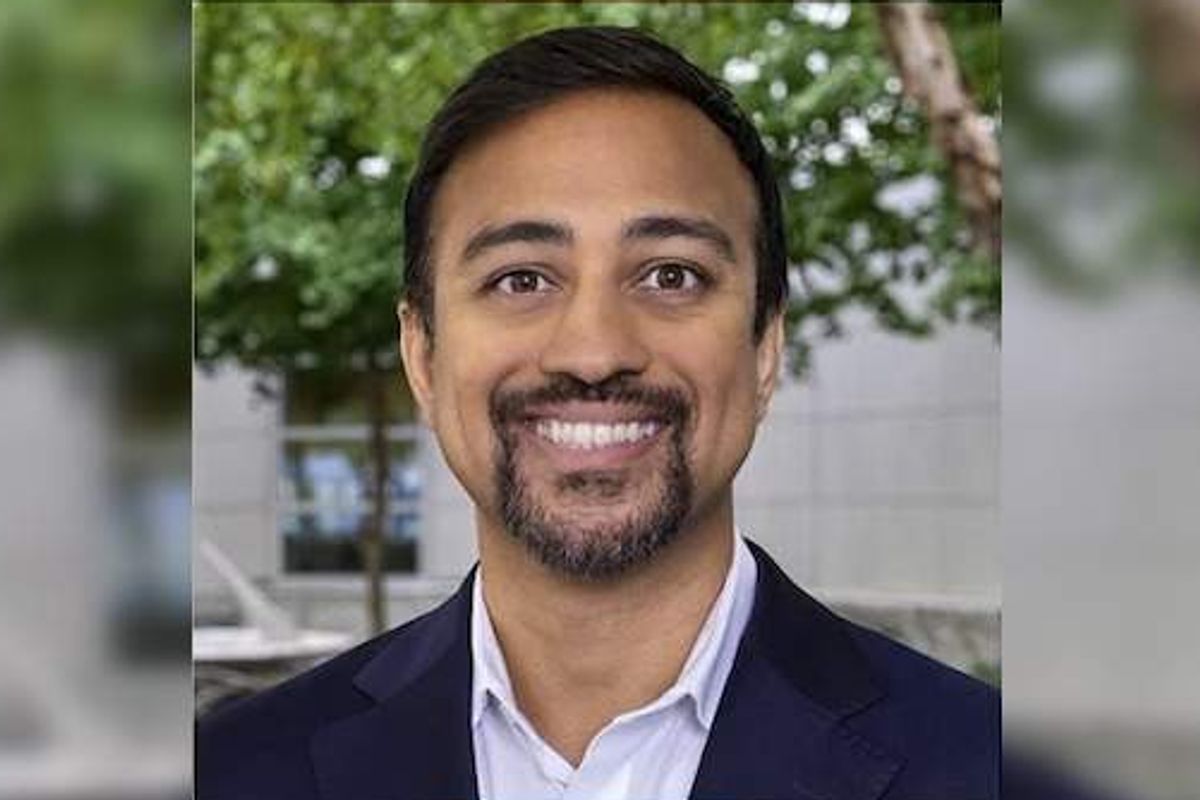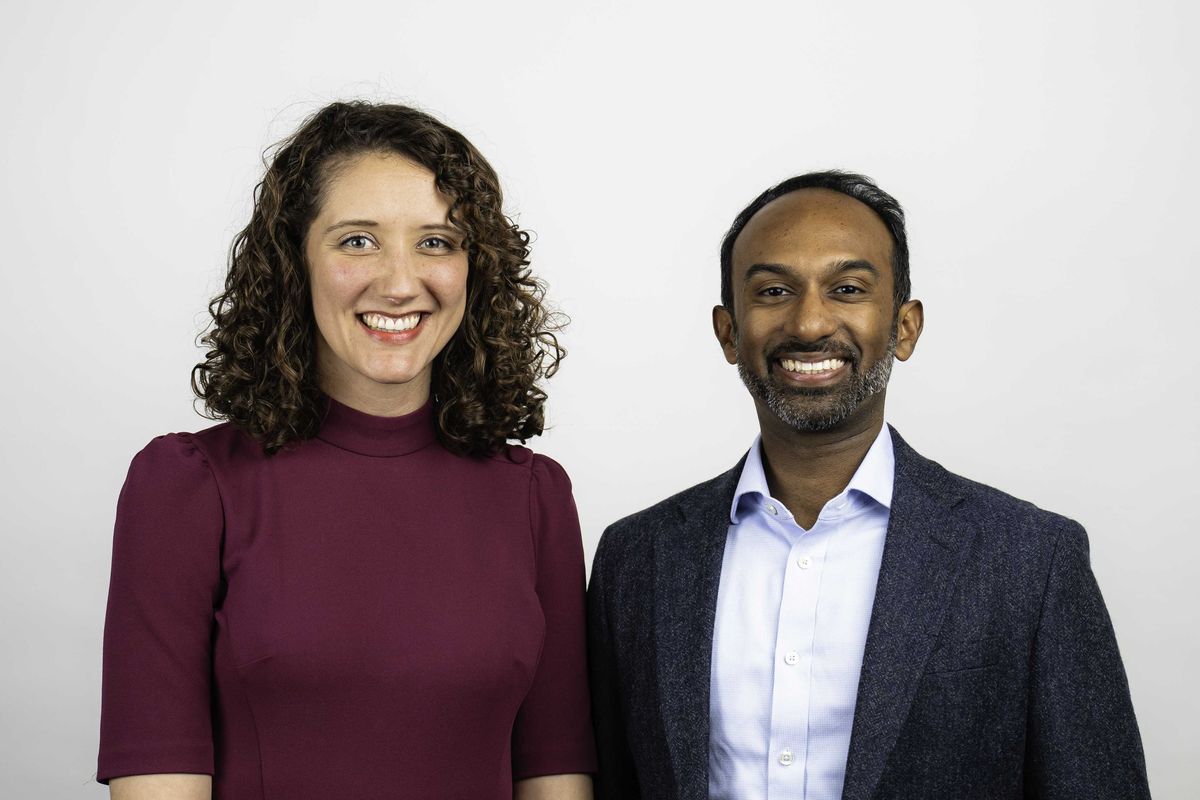Houston smart bus platform raises $26M to expand operations in Mexico and beyond
money moves
A Houston-based company that's using tech and data to provide its intercity bus network has announced $26 million in funding.
Kolors has announced the close of its $20 million series A financing round led by UP.Partners with participation from Maniv Mobility, Toyota Ventures, K5 Global, Mazapil — plus contribution from existing investors Tuesday Capital, Garret Camp's Expa, Chris Sacca's Lowercase, Moving Capital, MGV, Brainstorm Ventures, Bling Capital and Amplifica. The round, which brings the company's total investment raised to $26 million, will allow Kolors to grow in Mexico, expand into new Latin American markets, and enable cross-border US travel.
The company has created a "smart-bus-platform," which is defined as being a combination of airline and ridesharing style technology. The service includes attendants superpowered by technology, according to a news release.
"Kolors is redefining the experience of intercity travel. We are thrilled to see Kolors advancing in Mexico and bringing its phenomenal service to other parts of Latin America in the coming months this year," says Ally Warson, partner of UP.Partners. "Kolors is thinking about the next phase for intercity bus travel and intends to design an ecosystem that prioritizes the passenger while providing more profitable and climate-friendly outcomes for bus operators."
The company's business model doesn't include owning its own fleet of vehicles, instead partnering with small and medium-sized bus operators. These partners are only responsible for driving the bus — Kolors does everything else, including route optimization, virtual stops, scheduling, pricing, marketing, sales, customer service, and more.
"Kolors is disrupting a mode of transportation that's often overlooked but relied upon by billions of people worldwide," says Jim Adler, founding managing director of Toyota Ventures, in the release. "There's a huge opportunity to advance intercity bus travel with higher efficiency, cleaner energy , and superior passenger experience. Kolors is at the forefront of this transformation."
Service is at the forefront for Kolors, says Rodrigo Martínez, founder and CEO of the company. Passengers can expect on-board WiFi services and snacks and drinks — plus a completely redesigned in-cabin experience is in the works, per the release.
"As a third-generation bus operator, I know intercity bus travel is the lifeblood of LATAM," says Martínez in the release. "The opportunity to provide our passengers with an elevated bus platform will bring a better and affordable travel experience. Our buses run on data and our learnings have already enabled us to devise an effective strategy to address and reduce emissions across the global intercity transportation industry."
Efficiency is also on the roadmap for Kolors, which was founded by Martinez and Anca Gardea in 2020 amid the pandemic. According to the U.S. Department of Energy, 85 percent of transportation sector emissions are related to the surface transportation system, the release states. Kolors is working toward a fleet of electric vehicles.
"We have followed Kolors since the beginning, and considering they started at the height of the pandemic, the growth they've had is astounding. Transporting millions of passengers in such a short period of time speaks volumes about their tenacity and potential as a team and company, says Jake Wieseneck, principal at Maniv Mobility, in the release.




















